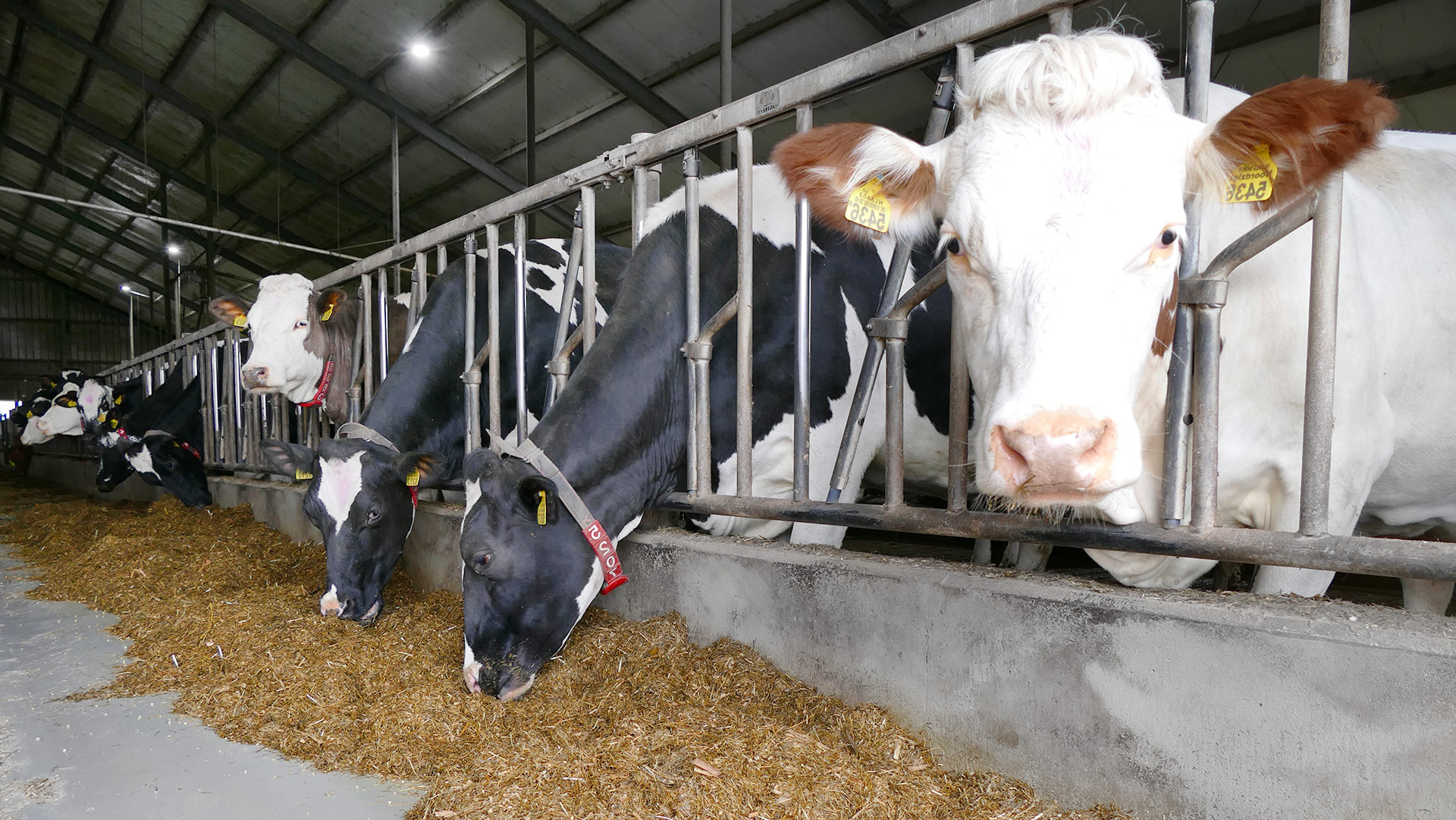

Feeding bulls - energy is what really counts
Large weight gains preferred - but not without quality
It goes without saying that our mixer wagons are not exclusively used for feeding dairy cows. Other areas such as bull and young cattle rearing can benefit from our feeding equipment to the same degree. However, bull rearing in particular varies greatly from dairy farming in terms of the goals farmer try to achieve with their feeding process:
Great daily weight gains accompanied by premium meat quality are the objectives that are supposed to be realized by using a variety of feed components - especially during the main phase of bull rearing on the heels of grazer breeding. Feeding in bull rearing therefore focuses primarily on supplying the animals with energy that is both highly concentrated and of superior quality, as this high energy will ultimately add up to a great salable meat yield.
In real-world terms, great energy supply means: Aside from a high food intake in the animals, the energy density per kg of dry feed mass should be relatively high. This is why it is imperative for the farmer to offer their bulls during fattening high-quality feed that has been prepared as a perfectly mixed ration. Such a ration will also keep the bulls in the barn calm, eliminating any stress to the animals throughout the fattening period. And, since a bull is also a ruminant animal, adding coarsely structured roughage to the feed is crucial as well. In summary, this is what you need:
- Coarse and succulent feeding stuffs, especially maize silage or grass silage;
- a concentrated feed component that needs to be matched to the coarse feeding stuff used;
- a protein component such as soybean or rapeseed extraction meal or distillers grains.
The quality of each and every feeding stuff, e.g. fully ripe maize silage, and their respective ingredients are of tremendous importance in this regard. This approach is vital to preparing at every stage of the bull fattening process – grazer breeding, main fattening and final fattening - optimized feed rations that are blended to a homogeneous mix of high quality and sufficient quantity.
Stay in control of your feeding costs
But, quality never comes cheap. And, the cost of the feed makes up a major portion of the cost involved in bull rearing. This is why the farmer needs to both make compromises and apply accurate, long-term feed management. This is the only path to a ration that is most beneficial to the animal and the farm, providing a perfect blend of feed components of different kinds and cost factors.
Do you have any questions concerning proper feeding in bull rearing and the use of the matching feeding equipment? Then, please, do not hesitate to contact us. Our experts are there to help.
